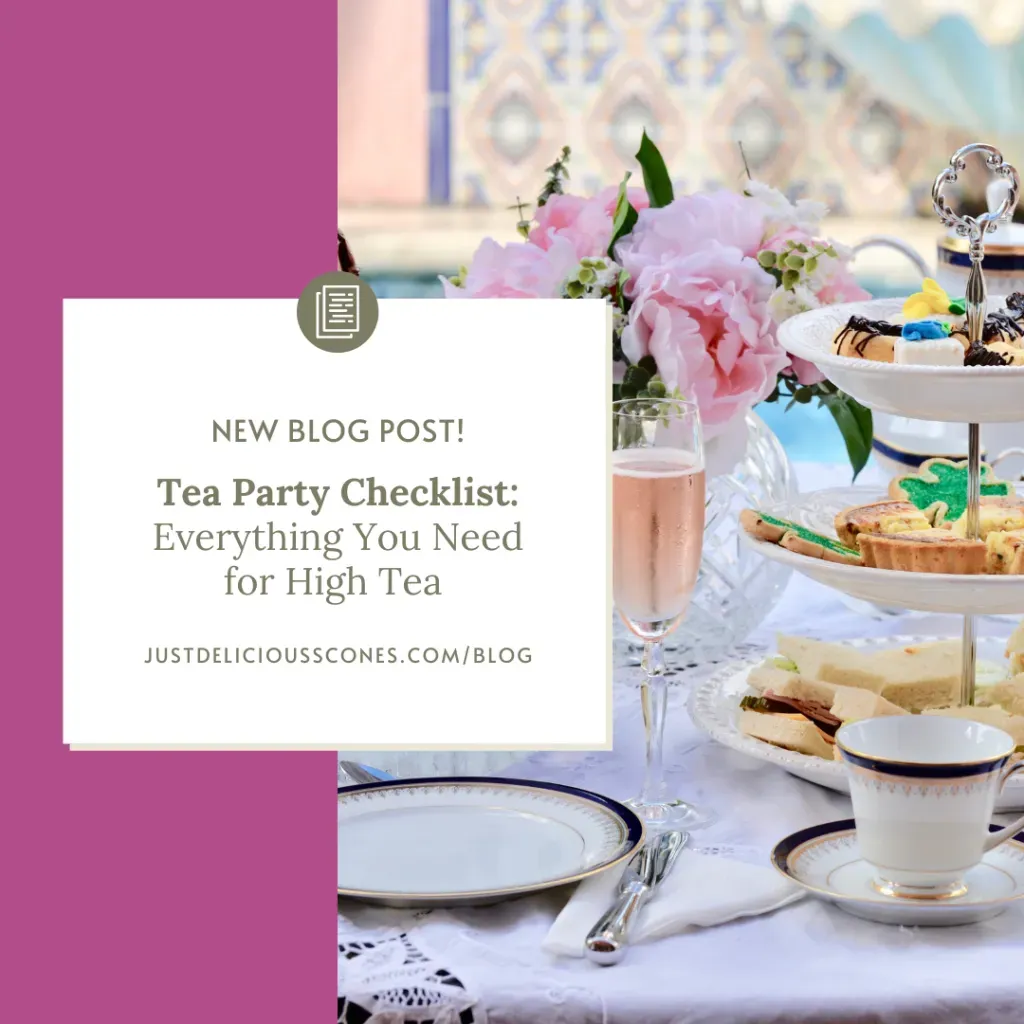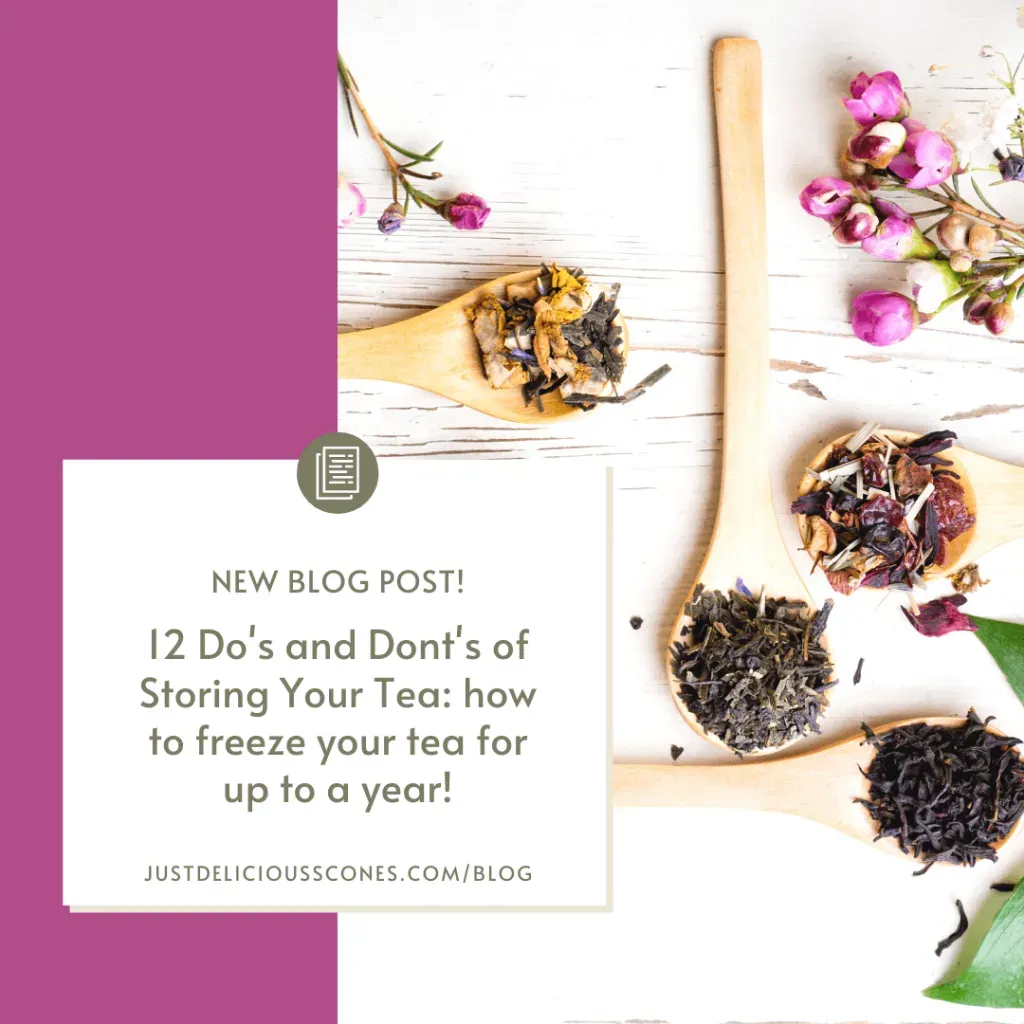As a Tea Room, there are a handful of common questions we receive about tea from our guests and customers. This blog post will attempt to identify and answer some of those common questions.
Table Of Contents
1. How long is tea good for?
2. How do I store tea?
3. Should I refrigerate or freeze my tea?
4. What causes iced teas to "cloud"?
5. Should I use fresh water in my kettle? Can I reboil using the same water?
6. Can I brew with the kettle? Do I put the tea leaves in the water as it's warming up?
7. Is it OK to use the microwave to heat my water?
8. Should I cover my cup when I make tea?
9. Can I tell how hot my water is without a thermometer?
10. How is tea decaffeinated?
11. How do you brew iced tea?
1. How long is tea good for?
If properly stored away from air, light, and moisture, tea will never spoil. However, tea will gradually lose its flavor over time. Most teas are seasonal and picked during a specific growing season each year. The further they are from the plucking date, the less fresh they become.
Green and white teas depend on their essential oil content for flavor and will fade the fastest, generally within 6-12 months. Black teas, however, rely on complex polyphenols for flavor, which atrophy at a much slower rate; they’re good for 1-5 years.
As a general rule, the larger the leaf and more tightly rolled the tea (e.g. pearls, oolongs), the longer it will stay fresh. Smaller and broken leaf teas simply allow more of the leaf to contact the air and therefore grow stale faster.
2. How do I store tea?
The key is to avoid moisture, excessive heat, light, air, and strong aromas (which may be absorbed by the tea). Each of these will degrade the quality of your leaves. Your best bet is any opaque, airtight container in a cool, dry place. Although convenient, placing your tea in the spice cabinet or next to your coffee is not an ideal place due to the strong aromas. Check out our 12 Do’s & Don’ts of Storing Tea blog post for details.
3. Should I refrigerate or freeze my tea?
We do not recommend keeping tea in the refrigerator. Some prized Green and Oolong teas are refrigerated by the growers, distributors, and retailers, but the teas are vacuum packed and their refrigerators are specialized for this purpose. Your kitchen refrigerator is home to a host of food scents. Most importantly, the first time you open a container full of chilled tea and the outside air swooshes in, the moisture of the air will condense on those leaves. Whether you can see it or not, you are adding more moisture to the leaf by keeping it in the refrigerator than at room temperature. A good rule of thumb is that long-term freezer storage of a sealed container is a great idea, but daily cold storage of a tea you access regularly is discouraged. Check out our 12 Do’s & Don’ts of Storing Tea blog post for details.
4. What causes iced teas to "cloud"?
Clouding occurs when the polyphenols (antioxidants) in tea bind with the minerals in the water. The effect is heightened when hot tea is iced quickly. This cloudiness has no impact on the taste and is actually proof that your tea is chock-full of healthy stuff. In fact, in the search for teas that do not cloud, many commercial iced teas have far fewer antioxidants than you might expect.
5. Should I use fresh water in my kettle? Can I reboil using the same water?
The jury’s still out on this one. Some claim that the oxygen released by boiling water (in the form of steam) makes the remaining water more mineral-dense and “hard.” Others claim that this effect is negated immediately when the water cools from a boil and oxygen resettles into the water. Some even recommend continually boiling water to get out its CO2 content and reduce its acidity. There are many schools of thought but to date, there has been no scientific evidence that the oxygen content in water contributes to a tea’s flavor. To be sure, it’s recommended to fetch fresh water but ultimately it’s up to you.
6. Can I brew with the kettle? Do I put the tea leaves in the water as it's warming up?
Strictly speaking, you want to keep your leaves out of a kettle. There are two separate implements for tea brewing: a kettle and an infuser. Kettles are strictly for water and warming it up. Infusers (teapots, strainers, tea balls, tea bags, etc.) are for steeping tea. Warm your water to the correct temperature with a kettle, then pour that water into your teapot or cup with an infuser.
7. Is it OK to use the microwave to heat my water?
Yes. Some will claim that microwaved water delivers less flavor, but we know of no scientific study proving this. The only downside is that the microwave makes it exceedingly difficult to determine the proper temperature. It also heats water very unevenly. At the end of the day, if you like the taste, there is no reason not to use a microwave. If your tea seems a little off, slow down and check your leaf quantity, water temperature, and brewing time to identify whether it’s the tea you don’t like or if there is a hole in your process.
8. Should I cover my cup when I make tea?
Yes. It keeps your tea hot and therefore maintains the proper brewing temperature. Most importantly, it keeps the aromas from escaping. When professionally cupping teas, one of the most exciting parts of the experience is first opening that cupping set and inhaling the aroma of the hot, wet leaves. The strength of the aroma and nuance that can be detected by a good nose is absolutely incredible! Since a significant portion of taste is actually smell, keeping a lid on it will usually stew the flavor of those first few precious sips.
9. Can I tell how hot my water is without a thermometer?
Yes. Not perfectly, but you can get close. The Chinese use word pictures to give you some visual cues:
“Shrimp Eyes” Tiny bubbles, the size of a pinhead that rise to the surface and pop, under wisps and gentle vapor of steam. Water is between 155-174 F.
“Crab Eyes” Larger, glowing bubbles the size of crab eyes. Vertical wisps of steam rise above your pot or kettle when the water is between 175-179 F.
“Fish eyes” Kettle begins to make louder noises, large bubbles form on the bottom of the pot when your water is around 180-185 F.
“String of Pearls” Continuous tiny strands of bubbles make their way to the surface of the water indicating temperatures between 195-205 F, just below a boil.
“Raging Torrent” Rolling, boiling water according to the Chinese. 212 F. The water convulses like a fire. This is also known as “dead water” and “old man water.”
10. How is tea decaffeinated?
There are two methods in which teas are decaffeinated, each with its own pros and cons. The first employs ethyl acetate, a chemical solvent, which is passed through the leaves. As it travels through, the ethyl acetate bonds to the caffeine and takes it away when removed. This method has been around for quite a while and is relatively inexpensive. An interesting note: ethyl acetate is found naturally in small amounts in tea (along with citrus fruits and a few other foods). In the second method – carbon dioxide decaffeination – tea leaves are put under tremendous pressure in a chamber of liquefied carbon dioxide gas (the gas that we breathe out and that plants absorb). The carbon dioxide binds with the caffeine, and when the pressure is released the caffeine is removed. While this method is much more expensive, it uses no chemicals and yields much better flavor. As importantly, carbon dioxide decaffeination leaves roughly 90% of the original antioxidant content intact. In contrast, ethyl acetate leaves only 20% of the antioxidants in the leaf. Both processes also leave trace amounts of caffeine behind.
11. How do you brew Iced Tea?
Iced tea can be brewed two ways: if you want to brew tea instantly, you can brew it like any normal cup of tea. After that, just add ice. Another way to brew is to cold-brew it. We have instant iced tea pouches, but you can use tea bags or loose tea. That way makes a whole pitcher of tea overnight. Just throw a pouch into a pitcher of water and put it in the fridge. You have your tea the next morning!




